Home » 20 Common Car Seat Mistakes
20 Common
Car Seat Mistakes
Parents often don’t realize they are using child car seats incorrectly. Mistakes can be as small as clipping the harness in the wrong spot or as big as using a seat that no longer meets safety standards. These mistakes are dangerous because they increase the risk of injury to the child in the event of a motor vehicle crash. Learn 20 common car seat mistakes, their dangers, and how to fix them.
Road injuries are the most common cause of preventable injuries and death among children. According to the U.S. Centers for Disease Control and Prevention (CDC), car seat use reduces the risk of injury for children from car accidents by 71–82 percent, compared with seat belt use alone. Car seats can reduce the risk of death in passenger cars by an estimated 71 percent for infants and 54 percent for children ages one to four, According to The National Highway Traffic Safety Administration (NHTSA).
Safe Kids Worldwide[GU1] [CW2] , a nonprofit advocacy group focused on child safety, estimates that more than 2,600 children under 13 are involved in car accidents daily. Despite these statistics, parents often fail to use car seats or have installed them improperly, exposing children to avoidable risks.
Proper car seat use can help protect children in the event of a car accident. Here are some key elements that parents should be aware of when it comes to car seats:
- It is essential to read and carefully follow the manufacturer's instructions for using the car seat above all else.
- Car seat placement matters, so it's important to ensure the seat is in the right spot and installed at the correct angle.
- As the owner's manual outlines, parents should always move and tighten shoulder straps based on the individual child.
To reduce the risk of injury caused by incorrect car seat use, here are the most common car seat mistakes.
Car Seat Mistakes
According to NHTSA, 46 percent of car seats have been installed incorrectly. However, 96 percent of parents are confident they have installed car seats correctly. Make a note of these common mistakes when installing a car seat for your child.
1. Car Seat Is Too Loose
Leaving the car seat too loose is a common installation mistake. To test this, try to wiggle the bottom of the car seat. You should not be able to move the seat forward, back, or side-to-side more than one inch. If you can move it more than that, the car seat is too loosely installed and could fail to protect your child in an accident.
2. Harness Chest Clip Is in the Wrong Spot
Another common mistake is to have the chest clip in the wrong spot. The purpose of the chest clip is to keep the harness straps secured and in the proper place on your child’s body. The chest clip should be level with your child’s armpits and in the center of the chest. This will keep the harness straps in the right spot.
If the chest clip is not secured in the right spot, the harness straps can fall off the child’s shoulders. If a car crash occurs, the child is not protected and could be thrown forward and severely or fatally injured.
3. Shoulder Straps Are at the Wrong Height
Many parents make the mistake of having the shoulder straps at the wrong height. When your child is in a rear-facing seat, the shoulder straps should be at or just below their shoulders. When your child is in a forward-facing car seat, the straps should be at or just above shoulder level. You must adjust the straps’ height as your child grows.
4. Straps Are Too Loose
If the harness straps are too loose, your child may be thrown forward during a crash. You can use the pinch test technique to test if the straps are too loose.
Try to pinch the harness strap near your child’s shoulders. If you can pinch a significant amount of harness material, then the harness is not tight enough. Tighten the harness until you cannot pinch the strap to ensure your child’s safety.
5. Not Using Top Tether if Available
The top tether is a strap on car seats that fastens the car seat to a point behind the car’s rear seat. It keeps the car seat secure so it doesn’t sway, bounce, or move forward.
Many parents do not make use of this feature. Don’t make this mistake, as it increases the risk to your child in an motor vehicle accident.
6. Improper Angles/Recline in Rear-Facing Seats
The angle and recline of rear-facing seats are important. Your child’s breathing may be impaired if the seat is angled too far upright. On the other hand, if the seat is reclined too far down, the child may be less protected in a crash.
Always pay attention to the manufacturer’s instructions. Usually, they explain at what angle or recline the car seat needs to be installed. On average, the acceptable recline angle is between 30 and 45 degrees.
7. Installing the Seat in the Wrong Spot for Your Vehicle
The conventional wisdom is that the middle of the back seat is the safest place to put a child’s car seat because it is the farthest from the airbags. However, not all cars are equipped for this, and it may not be the best place for the car seat in your car. To determine the recommended spot for your vehicle, consult your owner’s manual for your vehicle. Check the index for “child safety seats.”
The best option is to ask the advice of a certified car seat technician to determine in your car[GU1] [CW2] [GU3] . Car seat technicians will inspect your seat free of charge in most cases. You can find one by using the car seat inspection finder tool on NHTSA’s website.
Sometimes, the issue is not that parents improperly installed the seat, but that the seat itself is unsuitable. The following are common issues with the car seat and how a child should be secured.
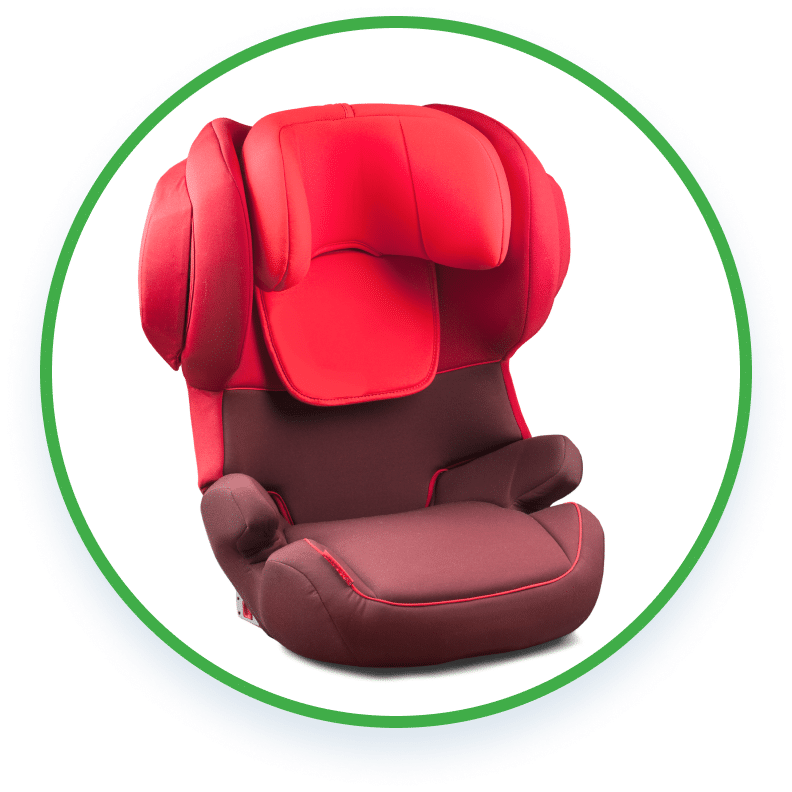
8. Wrong Type or Size Seat for Child
One difficulty with car seats is knowing which size seat is the best for your child. You can use your child’s weight, height, and age to determine the best car seat. These measurements are usually on the car seat manufacturer’s instructions so you know if the car seat will fit your child’s dimensions and age.
Keep in mind, height and weight are better measurements than age because of variations in children’s growth. The NHTSA has information on its website about finding the right car seat for your child.
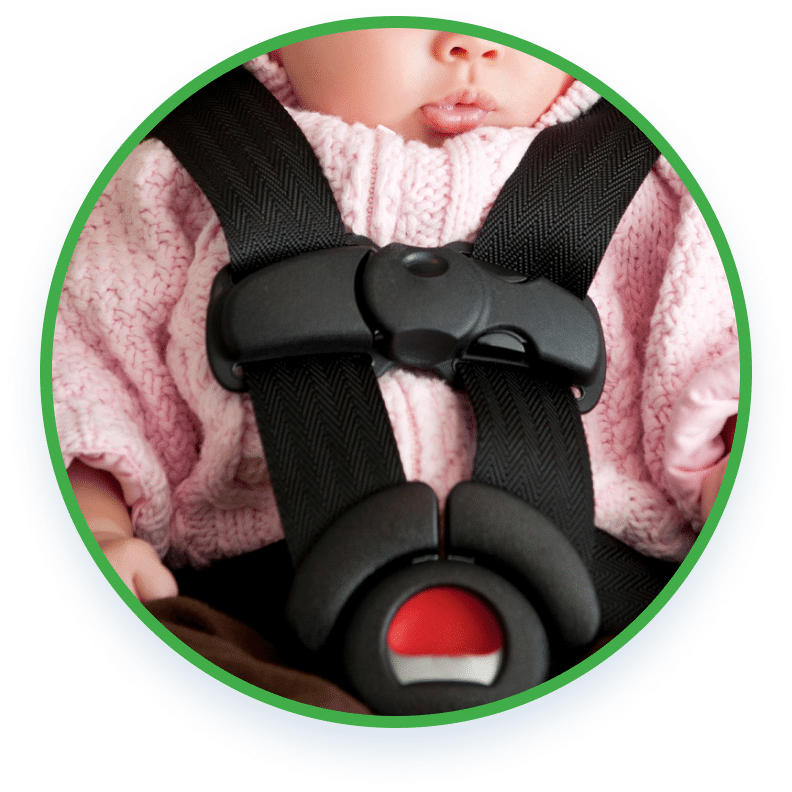
9. Not Adjusting Straps as Child Grows
When a child grows, how they fit in the seat and how the straps fit around them change. Children need their car seat straps adjusted as they grow to ensure they are securely fastened in the car seat. If you notice they’ve grown and need a new size in clothing, it’s also probably a good time to check the security of their car seat straps.
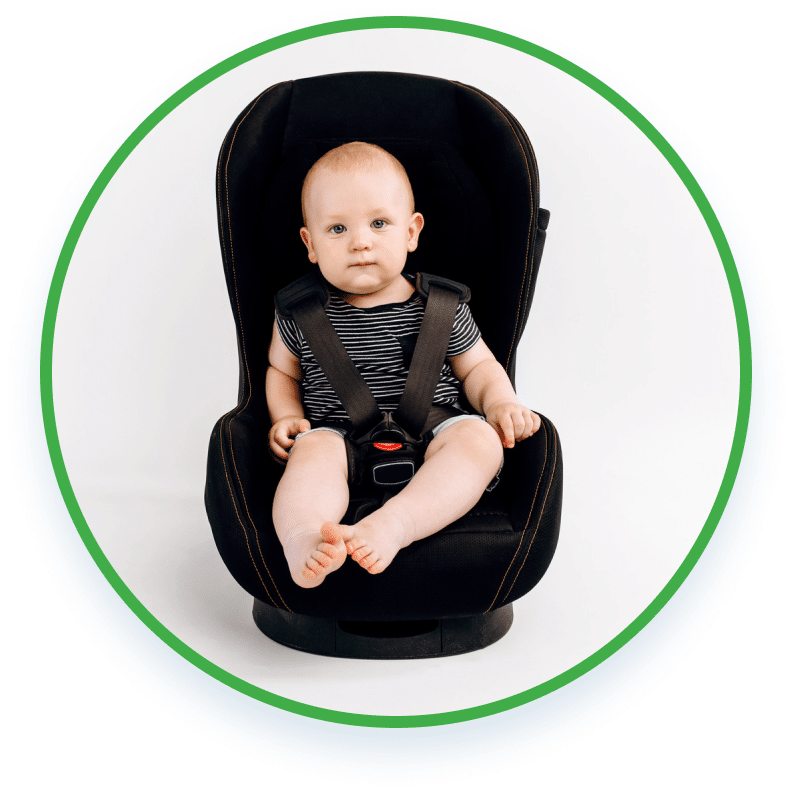
10. Used Car Seats
While buying a used car seat may seem economical, it’s best to buy a new one instead. One reason to avoid used car seats is that they might not come with instructions on assembly or use.
You also do not know the car seat’s history. Maybe it was already in an accident, has a defect, or is missing certain parts.
If the car seat is older, it might not meet current safety standards or regulations. Even though it is more expensive, a new car seat is an investment in your child’s safety.
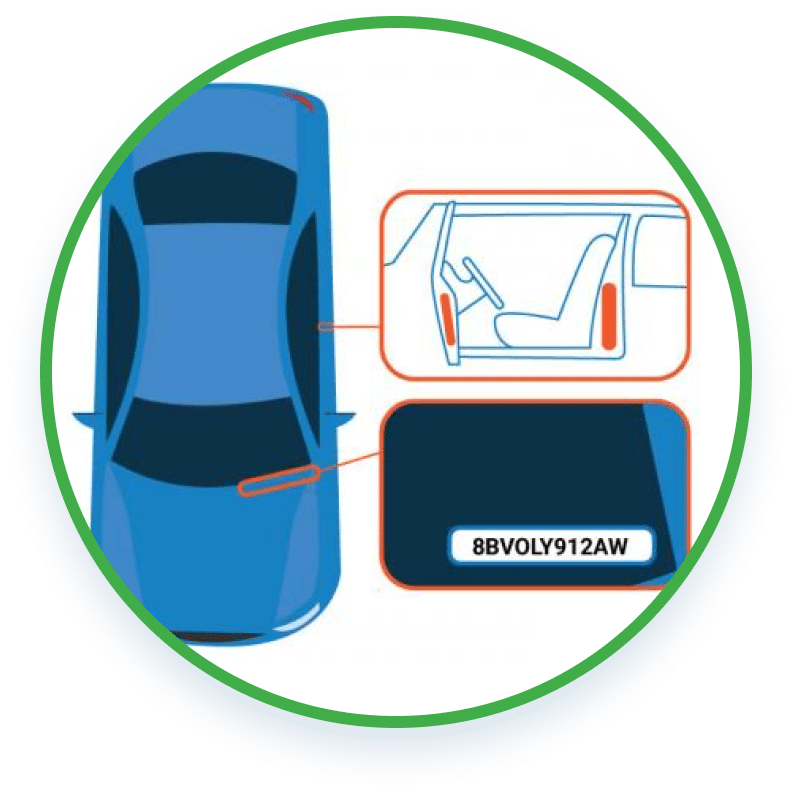
11. Not Registering Your Seat and Tracking Recalls
Like food and cars, manufacturers also issue recalls for car seats. This can happen if they’ve had a design or manufacturing defect. So it’s important to stay up to date on car seat recalls. The NHTSA website allows you to check your car seat’s brand name or model to verify it is safe.
In addition, be sure to register your car seat with the manufacturer. If there is a recall, the company will contact you directly and may provide instructions about potential replacements.
If you learn that your car seat has been recalled, stop using the seat immediately and purchase a new one.
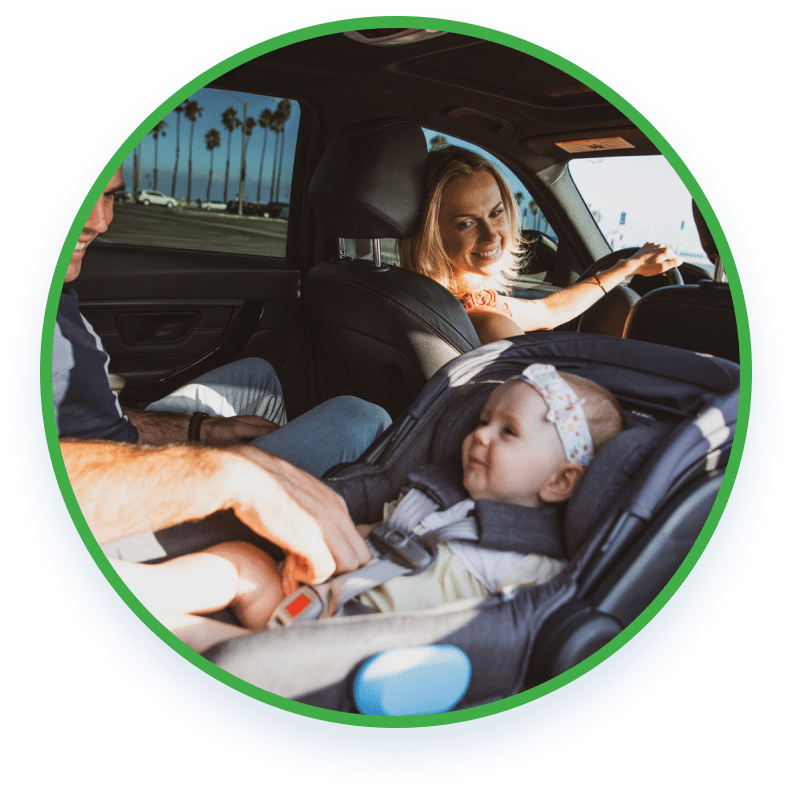
12. Car Seat Has Been in an Accident
If your car seat has been in a car crash, do not use it again. The accident may hinder its function, making the car seat unsafe. While NHTSA says a replacement is only necessary after a moderate or severe crash, you should follow the manufacturer’s instructions regarding accident damage.
Some car seats will need to be replaced after any incident. Check your car seat manual for the manufacturer’s recommendations. If you need to replace the car seat after an accident, check with your insurance company; they may cover the cost of car seat replacement.

13. Using an Expired Car Seat
It may sound strange, but car seats have expiration dates. After a while, certain parts begin to malfunction. Many parents don’t realize this. A car seat can also expire because of updates in safety standards and regulations. Make sure to look at the expiration date of your child’s car seat and remember to buy a new one before it expires.
Other Issues
The following are other common mistakes parents make with car seats.

14. Bulky Winter Clothes
While you may want to bundle up your child with bulky winter coats and blankets, it could make the car seat less effective. When you tighten the harness around your child, any puffy clothes will inhibit the fastening of the harness. If you loosen the straps to accommodate clothing, the straps may be too loose, and your child will be more susceptible to serious or fatal injuries during a car accident.
In a crash, these bulky clothes compress, offering no protection to your child, and they loosen the harness, making it less effective.
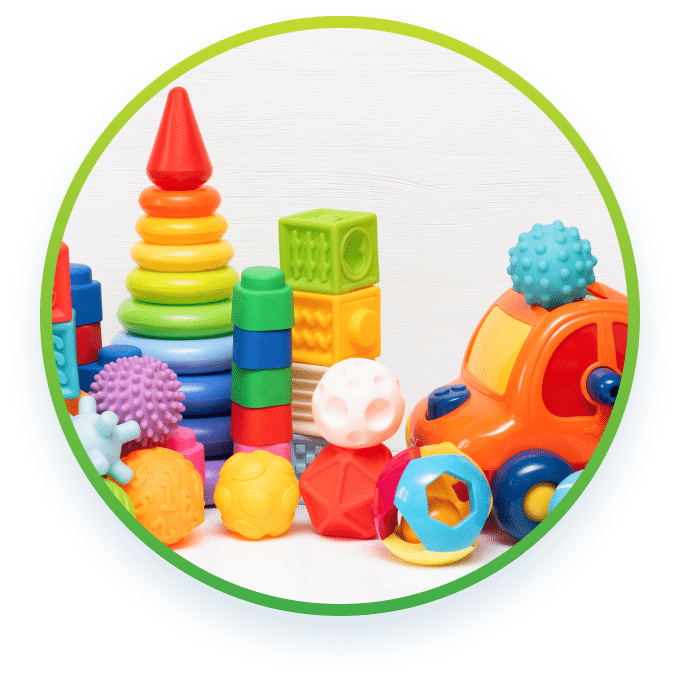
15. Keeping Hard Toys or Other Objects in the Car
It’s tempting to keep your child’s favorite toys next to them while they are in their car seat, but this can be dangerous. Any objects, especially hard ones, can become hazards during a motor vehicle accident and cause serious injuries to your child. Your child’s favorite toys most likely have not been crash-tested.
In addition to toys, dangerous objects can include cups, books, crayons, or even a purse or water bottle. During a crash, these objects can become projectiles and cause injury.
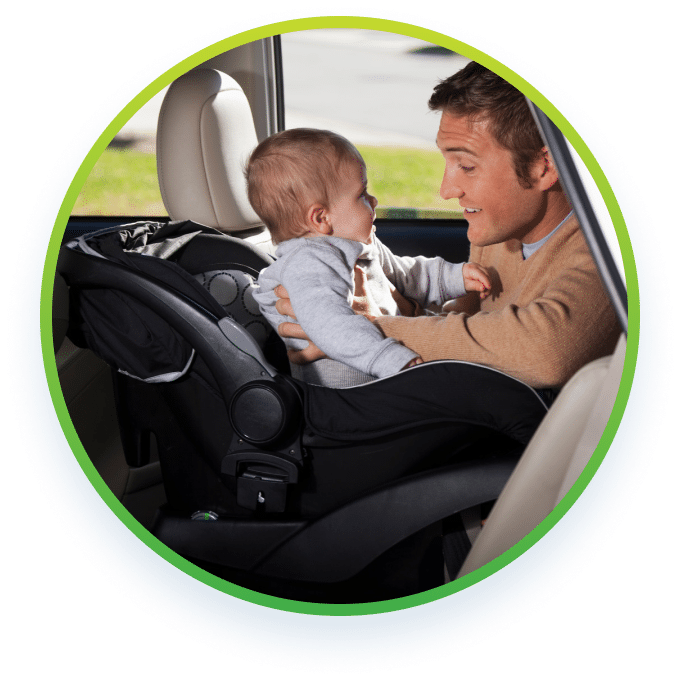
16. Switching to Front-Facing Too Early
A common mistake parents make is switching to a forward-facing seat too early. NHTSA recommends keeping your child in a rear-facing seat as long as possible. The reason is that a child’s head and neck are still developing, and rear-facing seats offer more protection to these body areas.
A good practice is to follow the car seat manufacturer’s guidelines on height and weight. Once your child’s height and weight exceed the manufacturer’s guidelines for the car seat, it may be time to make the switch.
Another good resource is the Governor’s Highway Safety Association’s website, where you can see your state’s laws regarding car seats and seat belts for children.

17. Moving to Booster Seat Too Early
Take caution when moving your child to a booster seat. While booster seats can be much easier to operate, it might be too soon for your child to switch to one.
According to the American Academy of Pediatrics, once the child outgrows the forward-facing seat, they should be placed in a booster seat until they can ride safely in a normal seat belt. This can include children up until 12 years old. The best rule of thumb is to keep your child in the rear-facing and forward-facing safety seats until their dimensions and weight no longer fit the manufacturer’s recommendations.
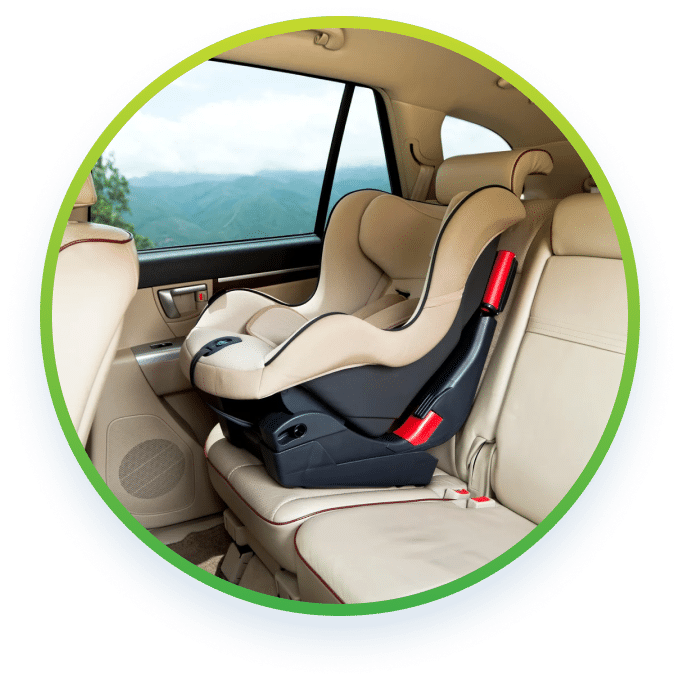
18. Not Using a Trained Car Seat Tech
Installing a car seat to maximize safety can be challenging. Therefore, the best option is to have a trained car seat technician install the car seat. The NHTSA’s website has information about where to find certified car seat technicians in your area.
Another option is to install it yourself, but have it checked by a car seat technician to ensure you installed it properly. Either way, it’s always best practice to involve a certified technician in the process.

19. Using Some Car Seat Accessories
You may be tempted to use car seat accessories such as seat covers, head supports, and other cushions. But be wary of them.
Not all car seat accessories have been tested. And not all car seat accessories are compatible with the brand and type of car seat you have. Do thorough research to ensure the seat accessories were tested specifically with your car seat brand and found satisfactory.
Stay within the same brand, specifically with car seats with covers and cushions. But even if the brand is the same or they are packaged with the car seat, make certain the car seat has been tested with the accessories to ensure safety.
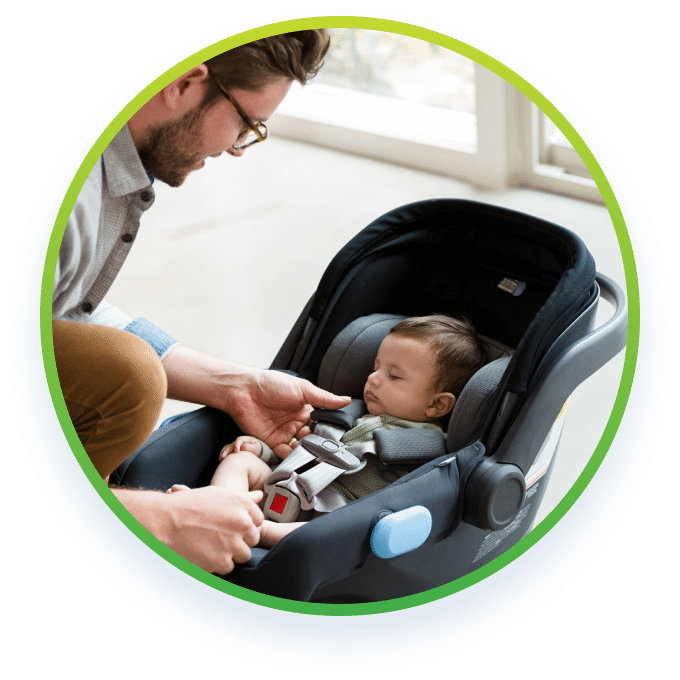
20. Letting Your Child Sleep in the Car Seat Outside of the Car
While it may seem harmless to bring your child in the car seat into the house rather than disturb their sleep, that is not always safe. A 2019 Pediatrics study found that of all the deaths that occur in child safety seats, more than half of those deaths occurred in the child’s house, not the car.
The danger of letting a child sleep in a car seat outside the car is that the child can suffocate. Inside the car, if installed properly, the car seat sits at an angle so that the child sits comfortably. The angle is especially important because while a young child’s muscles are still developing, they may be unable to hold their head up without support.
The child’s breathing may be impaired if the car seat is not at this angle inside the house. The car seat can also fall or tip over because it is not secured. Therefore, it is best not to use the car seat outside of the car.
- Safe Travels with Peace of Mind
Hopefully, this list of common mistakes and suggestions for proper car seat installation will give you the tools to ensure your child’s seat is safe and secure. Car accidents can be devastating, but they don’t have to be. Key safety precautions like the proper use of a child car seat go a long way toward minimizing the potential harm from any accident.


